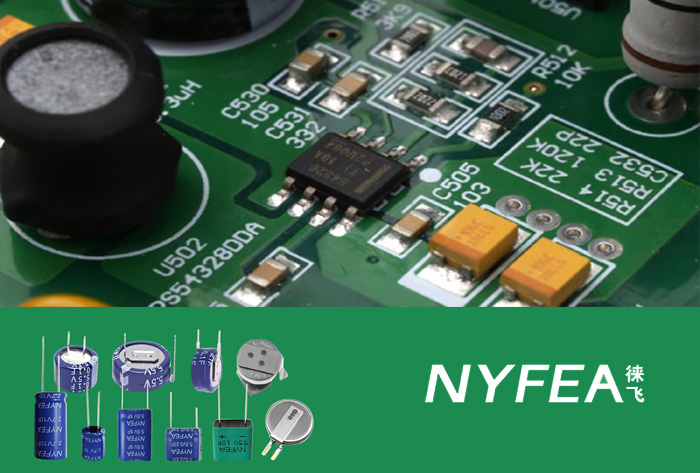Can Farad capacitors be used as batteries?
Farad capacitors, also known as supercapacitors, are a new type of environmentally friendly energy storage device that falls between traditional capacitors and rechargeable batteries. Their capacitance can range from 0.1F to >10,000F. Compared to traditional capacitors, they offer larger capacity, higher energy density, a broader operating temperature range, and extremely long service life. Compared to batteries, they provide higher specific power, are environmentally non-polluting, and thus represent an efficient, practical, and eco-friendly energy storage solution. The capacity of Farad capacitors is substantially greater than that of ordinary capacitors. Due to their very large capacity, their external behavior resembles that of a battery, hence they are also sometimes called "capacitor batteries." Farad capacitors belong to the category of electric double-layer capacitors (EDLCs) and are among the highest capacity mass-produced double-layer capacitors in the world. Their fundamental principle is the same as other types of double-layer capacitors: utilizing a double-layer structure formed by porous activated carbon electrodes and an electrolyte to achieve ultra-large capacitance.

Characteristics of Farad Capacitors:
(1) Rapid charging speed, reaching over 95% of rated capacity in 10 seconds to 10 minutes;
(2) Long cycle life, capable of 10,000 to 500,000 deep charge/discharge cycles with no "memory effect" and no risk of over-discharge damage;
(3) Excellent high-current discharge capability, high energy conversion efficiency, minimal process losses, with high-current energy cycle efficiency ≥90%;
(4) Relatively low power density, approximately 2 W/kg to 3 W/kg, about 1/5 to 1/10 that of lead-acid batteries;
(5) Pollution-free throughout the product lifecycle: raw materials, production, use, storage, and disposal, making them an ideal green power source;
(6) Simple charging circuit required, unlike the complex charging circuits needed for batteries, maintenance-free for long-term use;
(7) Excellent low-temperature performance, wide operating temperature range from -40°C to +85°C;
(8) Easy state-of-charge monitoring, remaining capacity can be read directly;
(9) Typical capacitance range from 0.01F to 1000F, but often have relatively low voltage ratings (a few volts to little over ten volts, newly developed ones just over twenty volts). Supercapacitors can be assembled into modules to meet requirements for higher capacity.
Supercapacitors combine the physical characteristics of ordinary capacitors, offering many advantages unmatched by traditional capacitors or batteries. They can not only replace batteries in some applications but also offer benefits where batteries fall short, such as being more environmentally friendly, safer, offering faster charge/discharge rates, and providing higher instantaneous power.
NYFEA Nyfea (www.nyfea.com), based on the characteristics of Farad capacitors, summarizes product areas where they can partially replace batteries. Examples include:
1. **Power Tools:** Leveraging supercapacitors' rapid charge/discharge and high instantaneous power, some household power tools have used supercapacitors instead of batteries for several years.
2. **Automotive Emergency Starters:** Utilizing supercapacitors' fast charge/discharge and safety features. Consumer automotive jump starters are low-frequency-use products, potentially used only a few times a year. Traditional batteries might be low/dead when needed, and their intolerance to high temperatures (e.g., ~60°C inside a car in summer) poses safety risks. Farad capacitors perfectly address these pain points.
3. **RTC Clock Circuits:** Leveraging supercapacitors' environmental friendliness, safety, and low cost, they have largely replaced previously used lithium batteries.
4. **Engines and Batteries:** Utilizing supercapacitors' high instantaneous power and enhanced safety, they offer distinct advantages for starting engines and supporting batteries.

